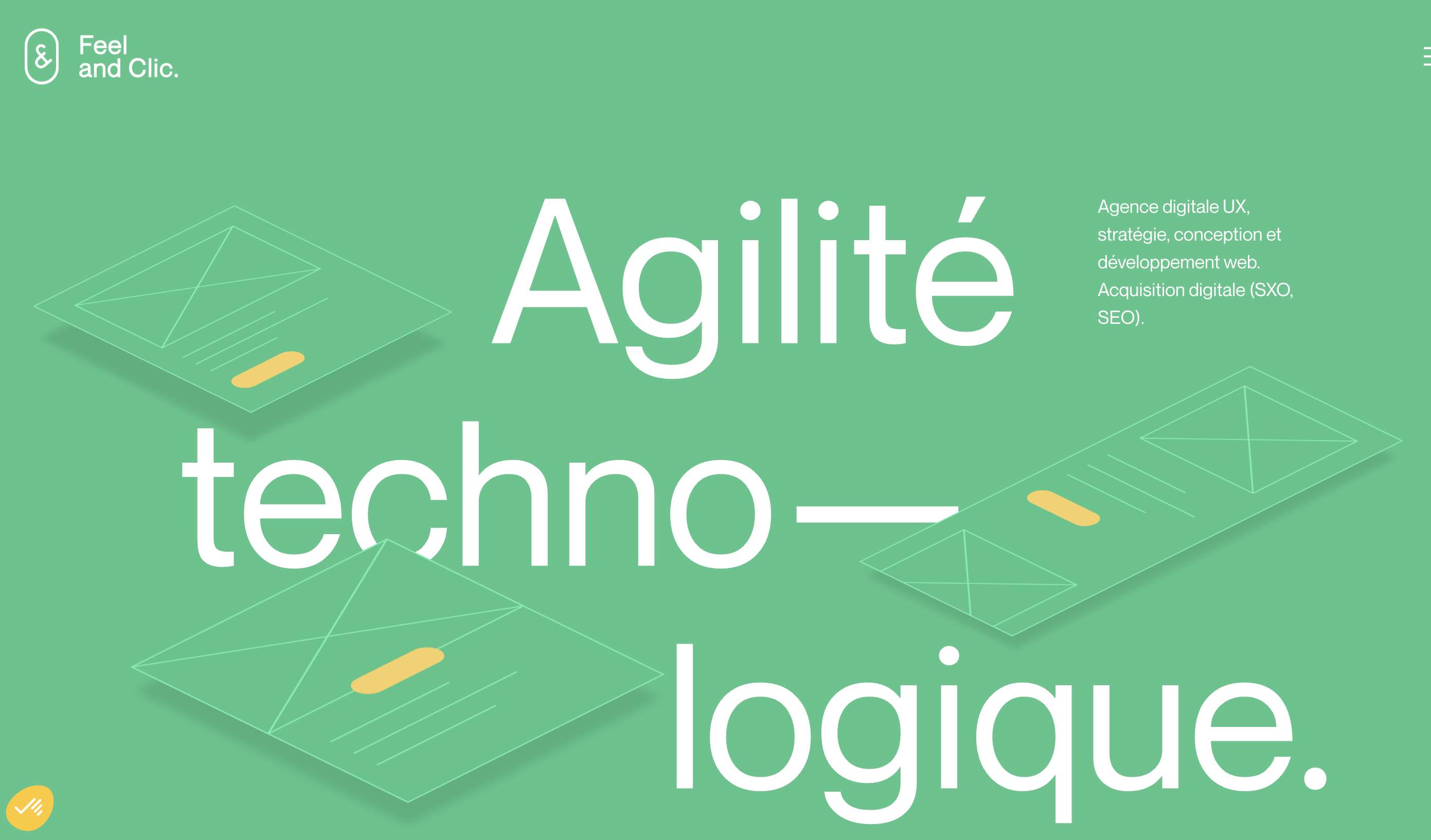Understanding the Core Responsibilities of a UX Strategist
Unpacking the Key Duties of a UX Strategist
In the dynamic world of design, the UX strategist holds a pivotal role. Acting as a bridge between user experience and business objectives, the strategist's responsibilities are diverse yet crucial. Their primary duty revolves around ensuring that every design decision aligns with the broader business strategy. This involves detailed planning and in-depth understanding of both user behavior and business goals. A UX strategist is not just a designer; they are a senior expert who understands the intricacies of digital products and services. Their job is to map out a comprehensive UX strategy that will enhance user satisfaction while driving the company's performance. By focusing on the user-centered design approach, they ensure that the final product or service meets the user's needs and expectations. The strategist role requires proficiency in design thinking and usability testing, among other skills. By applying these tools, they craft compelling user experiences that are both intuitive and efficient. Additionally, they collaborate closely with product managers and development teams to guide the product design process, ensuring the result ties seamlessly with the business's goals. The experience strategist also often works alongside content strategists, ensuring that the delivered content resonates well with the intended user base. Adopting this holistic strategy results in a cohesive design that aligns with the business objectives and user requirements. For those aiming to further deepen their understanding of this role, one should consider the importance of empathy in UX design. By delving into the role of empathy, strategists can enhance their approach and foster more inclusive designs. This, in turn, not only benefits the users but also pushes the company's design business to new heights in the digital age.The Importance of User-Centered Design
The Emphasis on User Input in Building Design Strategies
In the realm of user experience design, rooting strategies in the needs and preferences of users is paramount. A UX strategist plays a critical role in ensuring that the voice of the user is not only heard but is the guiding force behind every design decision. This approach, often labeled as user-centered design, focuses on placing the user at the heart of product development, ultimately boosting both usability and satisfaction. The importance of understanding user behaviors and expectations cannot be understated. Engaging with users via surveys, interviews, and usability testing helps strategists gather valuable insights, which then shape the design process. This iterative feedback loop is essential as it builds a deeper empathy with the user, leading to products that truly resonate with their audience and meet business objectives more effectively. Moreover, a UX strategist must adeptly blend the insights gathered from user research with the broader business goals. This balancing act requires skills in both analysis and advocacy, ensuring that the business strategy aligns with what users value most. By fostering a strategic mindset and leveraging sound design thinking methodologies, strategists can create a roadmap that is both visionary and pragmatic. For those interested in further understanding the impact and methodology behind effective user-centered content in UX strategy, exploring the nuances of UX content strategy can offer deeper insights. This approach not only supports the enhancement of digital products but also secures a stronger alignment with the overall business strategy, emphasizing longevity and success in the digital marketplace.Integrating UX Strategy with Business Goals
Aligning User Goals with Business Objectives
For a UX strategist, merging the user experience with comprehensive business goals can be a defining factor in the product's success. This integrative role demands not only nimble design thinking but also an acute business acumen. A UX strategist is tasked with balancing two seemingly disparate objectives: ensuring the end user benefits from a seamless, rewarding experience and aligning this experience with business requirements and profitability. In the past, there was a more significant divide between design and business. The modern UX strategist role, however, necessitates bridging this gap. Through collaborative efforts with stakeholders such as product managers and senior strategists, the UX professional contributes to crafting a strategy that speaks to both usability and business profitability.This synergy between user experience and commercial interests requires a multidisciplinary skill set. It involves thorough user experience research, data analysis, and techniques such as usability testing. Designers often employ a variety of analysis tools to ensure both user satisfaction and strategic business growth are on track. For a deeper understanding of these tools, visiting a dedicated source can provide additional insights into how user feedback can refine design decisions.
Ultimately, the strategist will leverage these findings to propose and refine strategies that not only enhance user satisfaction but also drive product development in line with business objectives. This close alignment allows for digital products that not only perform well in the market but also deliver substantial value, meeting both user needs and business objectives in an ideal balance.Tools and Techniques Used by UX Strategists
Effective Tools and Techniques for UX Strategists
In the complex world of user experience, a strategist employs a diverse set of tools and techniques to create seamless digital products. These resources not only enable the design process but also ensure that business goals align with user satisfaction. Here’s a closer look at what UX strategists often utilize:- User Research and Usability Testing: A cornerstone of UX design, usability testing helps assess how a product meets user needs. By observing real users, strategists can identify areas for improvement, refine designs, and enhance the overall user experience.
- Design Thinking Framework: To tackle complex problems, strategists often apply design thinking. This human-centered approach encourages iterative development, allowing designers to empathize with users and innovate solutions effectively.
- Prototyping and Wireframing: Seeing a concept come to life is invaluable, and tools like wireframes and prototypes grant that visual representation. By modeling user interfaces early, strategists can validate design decisions and align them with business strategy.
- Analytics and User Feedback: By scrutinizing user behavior and collecting feedback, strategists gain actionable insights. Analytics reveal how users interact with a product, while feedback helps refine the user journey and reinforce business objectives.
- Collaborative Platforms: With the soaring need for cross-functional collaboration, platforms such as digital whiteboards facilitate teamwork between product managers, designers, content strategists, and senior strategists. These tools streamline communication, ensuring everyone is aligned in fulfilling the company's strategy.
Challenges Faced by UX Strategists in the Digital Age
Overcoming Obstacles in Digital UX Design
In the rapidly evolving digital world, UX strategists often find themselves facing unique challenges. The strategist role is pivotal to marrying user experience with overarching business objectives, yet it's not without its hurdles. One major challenge lies in balancing the goals of different stakeholders. A company’s business strategy can sometimes clash with excellent user experience design. UX strategists must navigate these waters, ensuring that the design decisions align with both user needs and business goals. The ever-accelerating pace of technology development is another obstacle. Designers must constantly update their skills to stay relevant and effective in crafting digital products as user expectations evolve. UX strategists are tasked with setting a strategy that not only anticipates current demands but also accommodates technological advancements before they become mainstream. Additionally, user experiences are becoming increasingly complex. As products and services offer more personalized and integrated options, the role of a design strategist expands beyond usability testing toward a more comprehensive user journey analysis. With users demanding seamless interactions, strategists work alongside product managers, product designers, and content strategists to craft cohesive experiences. The strategist job also involves addressing the constraints of digital business environments. Limited resources and time constraints can pose significant hurdles, sometimes leading to compromises in user-centered design principles. Finally, internal communication within a company can sometimes hinder progress. Ensuring clear dialogue among senior strategists, digital product developers, and other stakeholders is crucial in aligning on objectives and enhancing the user experience across various channels. Although these challenges can seem daunting, they are crucial for refining and adjusting strategies that better serve both the user and the business. Embracing design thinking and fostering a collaborative work culture are key to overcoming these obstacles and innovating in UX strategy.Future Trends in UX Strategy
Exploring Emerging Technologies and Innovations
As design continues to evolve in the digital landscape, UX strategists are faced with the challenge of staying current with emerging technologies and innovations. The rapid advancement of artificial intelligence, virtual reality, and augmented reality has opened new opportunities for creating immersive and engaging user experiences. These technologies enable companies to rethink their product and service offerings, pushing strategic boundaries to enhance user interactions.
For UX strategists, embracing these cutting-edge technologies is not just a matter of keeping up-to-date; it's about leveraging these tools to formulate more effective business strategies. The integration of AI, for instance, allows strategists to collect valuable user data, leading to more informed design decisions that align with business goals.
The Shift Towards More Personalized Experiences
Another trend shaping the future of UX strategy is the emphasis on personalization. Companies are increasingly striving to offer tailored experiences that resonate with individual users. By analyzing user behavior and preferences, a strategist can enhance the overall user experience by crafting more personalized and relevant interactions.
Personalization not only improves user satisfaction but also contributes to achieving business objectives. When users feel understood and valued, they are more likely to remain loyal to the brand, which directly impacts business growth and success.
Fostering Collaboration Between Various Roles
The role of a UX strategist is also evolving to encompass greater collaboration across various roles within an organization. By working closely with product managers, product designers, content strategists, and other key players, strategists can ensure a more cohesive approach to achieving business objectives. This cross-functional collaboration is crucial for integrating UX strategies that align effectively with broader business strategies.
UX strategists will find that fostering such collaboration not only enriches the design process, but also results in a product that truly reflects the company's vision and user needs.
Emphasizing Usability Testing and Continuous Improvement
In the digital age, usability testing remains a core skill for UX strategists. Continuous feedback loops and iterative development processes are essential for refining digital products and ensuring that they meet user expectations. This commitment to ongoing improvement requires strategists to stay agile and responsive to the ever-changing digital environment.
By prioritizing usability testing, a UX strategist can identify potential areas for enhancement early in the development cycle, leading to more successful and user-friendly products.














